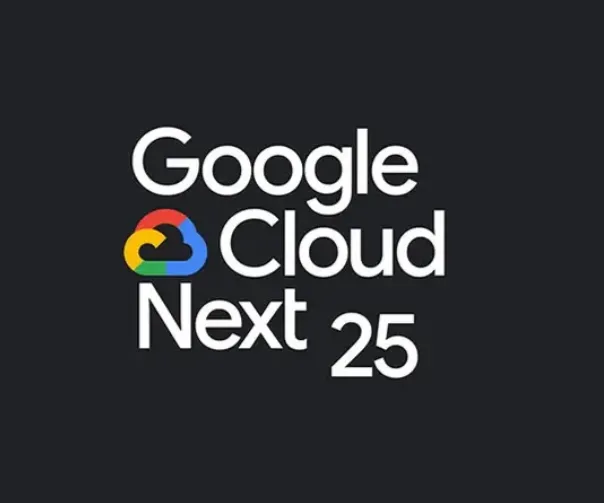At Google Cloud Next 2025, the tech giant made several exciting announcements focused on reshaping the cloud landscape, particularly with AI-powered tools and new global networking infrastructure. These innovations are designed to streamline app development and enhance operational efficiency for developers worldwide.
Putting Applications First
Traditional cloud models often require teams to juggle various infrastructure elements—like virtual machines, storage, and networks—before they can even start building applications. Google is shifting that dynamic with a new approach that places the focus squarely on applications rather than the underlying infrastructure.
The company introduced the Application Design Centre, a collaborative, visual tool that’s currently in public preview. This platform lets developers create application templates with ease, offering a drag-and-drop interface where users can view infrastructure-as-code in-line and deploy apps from the same interface. Integrated with Google’s App Hub, the tool not only tracks deployments but also provides troubleshooting resources to streamline development processes.
In addition, Google unveiled Cloud Hub, a management interface for applications that span multiple services and regions. Cloud Hub brings together key metrics like system health, resource usage, performance, and billing in a single, unified space, simplifying the oversight of complex cloud environments. This feature is also in public preview via the Google Cloud console.
Infusing AI into Development and Cloud Management
True to its AI-driven philosophy, Google continues to integrate generative AI into both coding workflows and cloud management, making it an integral part of its application development and maintenance processes.
The star of this initiative is Gemini Code Assist, a tool that now works seamlessly across developer environments like Android Studio, VSCode, Firebase Studio, and JetBrains IDEs. This tool automates various aspects of development, including code writing, debugging, and documentation. Not only can Gemini Code Assist generate full applications from specification documents, but it can also translate code between different programming languages. Developers can track the AI’s progress in real-time through a kanban interface and receive suggestions for code improvements.
For mobile development, Firebase Studio incorporates AI agents that can generate app prototypes from simple user prompts, write backend logic, and even design user interfaces. The platform can also automate testing, from creating tests to executing them, drastically reducing manual effort and speeding up the development process.
Gemini Cloud Assist extends AI capabilities to infrastructure planning and monitoring, offering valuable insights for optimization. In private preview, the Investigations feature helps developers analyze logs, system changes, and telemetry data to pinpoint the causes of incidents or system bottlenecks. Findings can be reviewed or handed over to Google Support teams for additional troubleshooting.
Additionally, Google introduced Cost Explorer, a tool designed to give teams more control over cloud costs. The dashboard connects resource usage, such as CPU and memory consumption, with spending data, helping teams identify underutilized assets and providing suggestions for cost optimization. It pulls data from the last 30 days and allows filtering by project, service, or resource type.
Building a Global Cloud Network
Google also revealed Cloud WAN, a fully managed service that aims to simplify the way enterprises handle networking. This offering is particularly appealing to businesses looking to move away from traditional MPLS networks or the complexity of SD-WAN configurations. Cloud WAN runs on Google’s robust infrastructure, covering everything from site-to-site traffic to cloud architecture.
One standout feature of Cloud WAN is Cross-Site Interconnect, now in preview. This service provides Layer 2 connectivity between data centers using dedicated 10G or 100G links, which improves efficiency and lowers latency. Google’s Premium Tier network ensures traffic is routed through the closest point of presence, minimizing hops and optimizing network performance. The integration with security solutions from Palo Alto Networks and Menlo Security enhances both networking and security, making it a comprehensive solution for enterprises.
Available with both use-based and fixed pricing models, Cross-Site Interconnect works with third-party vendors such as Cisco, Fortinet, and BT. Google claims this service can deliver up to 40% lower total cost of ownership compared to self-managed WAN solutions, making it an attractive choice for businesses looking to streamline their networks while reducing expenses.
A New Era for Cloud Development
With its latest innovations, Google is clearly positioning itself as a leader in both AI-driven development tools and global networking infrastructure. By simplifying the application development process and enhancing cloud management with AI, Google Cloud is making it easier for businesses to scale and optimize their operations. The introduction of Cloud WAN and other global networking tools further strengthens its offerings, making it a comprehensive solution for enterprises in need of reliable, cost-effective cloud infrastructure.







